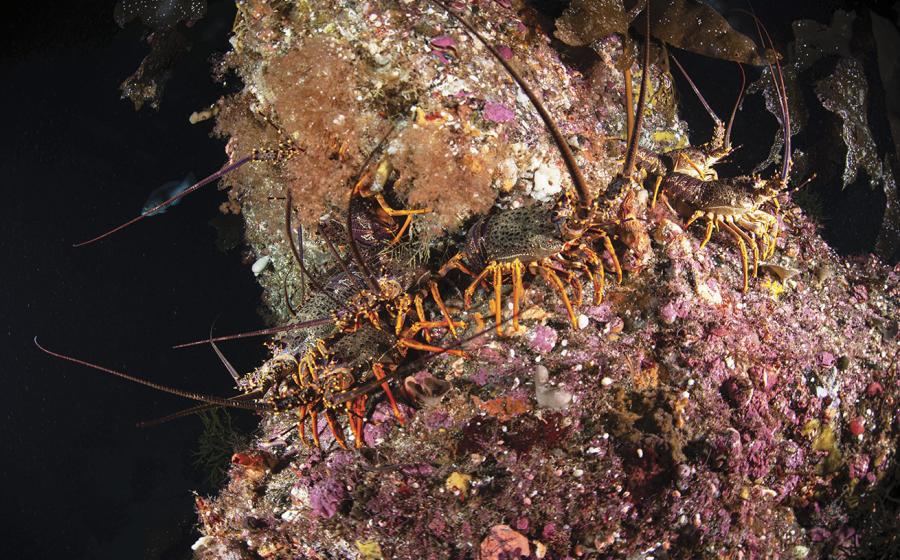Katie Doyle is a writer and media artist who has been scuba diving since 2020. She is a fan of cold-water diving in the Northeast, where she resides.
Katie Doyle Articles
Easiest to access by helicopter, this harder-to-access dive site is teeming with life—thanks in part to its relative seclusion away from the masses.
This wreck, dating back to 1921, isn't the easiest to get to. But once you do, you'll be treated to an abundance of life.
Once a year, divers of all skill levels gather for a weekend of frigid diving in one of Iowa's frozen-over lakes.
Whether you are new to ice diving or a veteran, this small Michigan town is the perfect place to take a dip during the winter season.
When the temperatures dip, but the urge to dive hits, residents in South Carolina head to Lake Keowee, where an on-site energy plant warms the water to temperatures up to 80 degrees.
Winter diving isn't for everyone. Colorado Scuba Diving Academy invites divers to hone their skills off-season from a decidedly warmer place—the pool.
The water may be frigid, but brave the temperatures, and you're rewarded with a smorgasbord of brightly colored critters that dazzle.
Fear of diving in the open ocean is common. A confined dive, like the one at the Georgia Aquarium, can help apprehensive divers overcome their fears and build a connection with the ocean and its residents.
Dive with us in Western Pennsylvania, where we found a quarry with a secret you wouldn't expect. (Spoiler alert: It's a seasonal jellyfish bloom that never fails to dazzle.)










